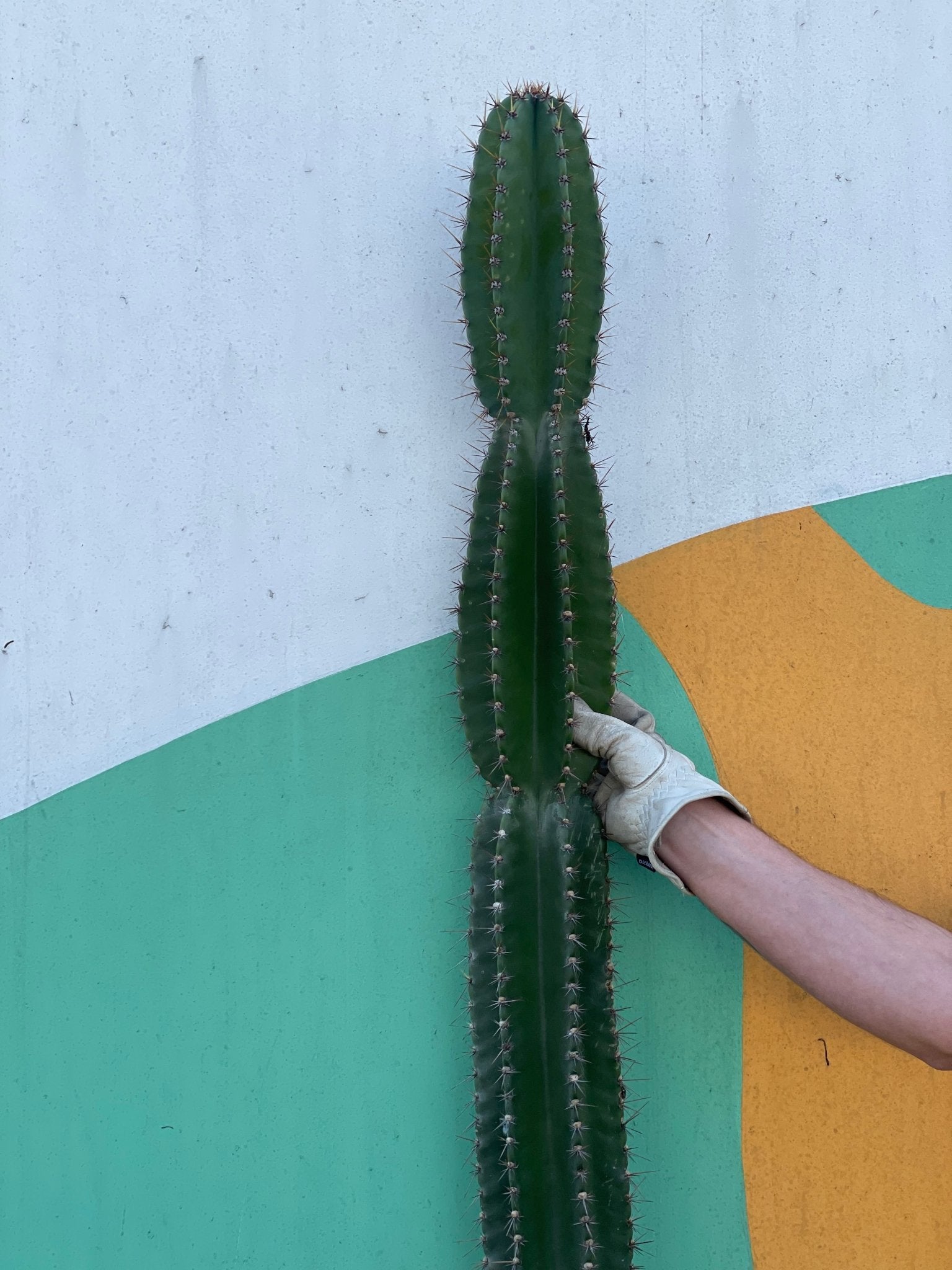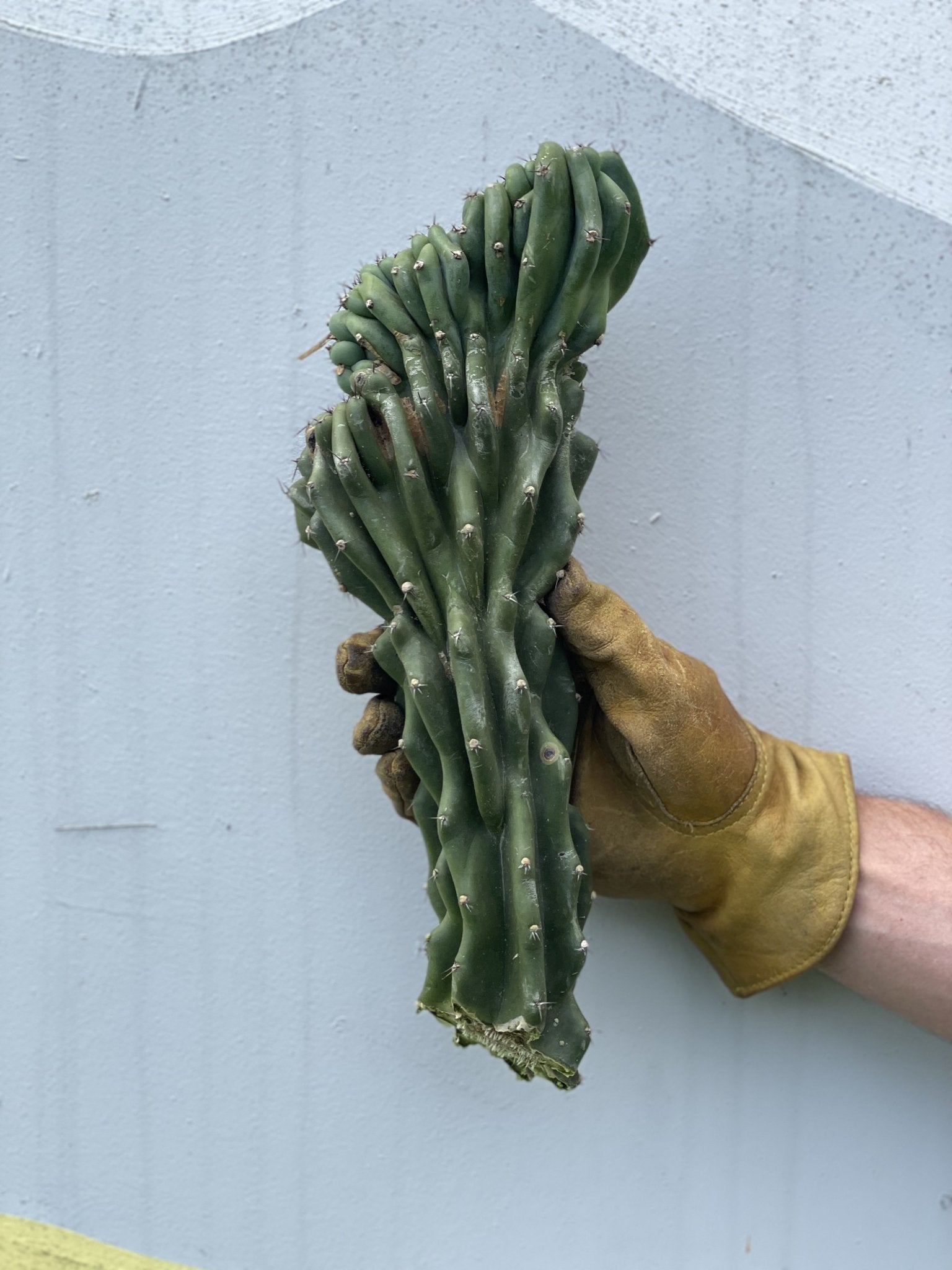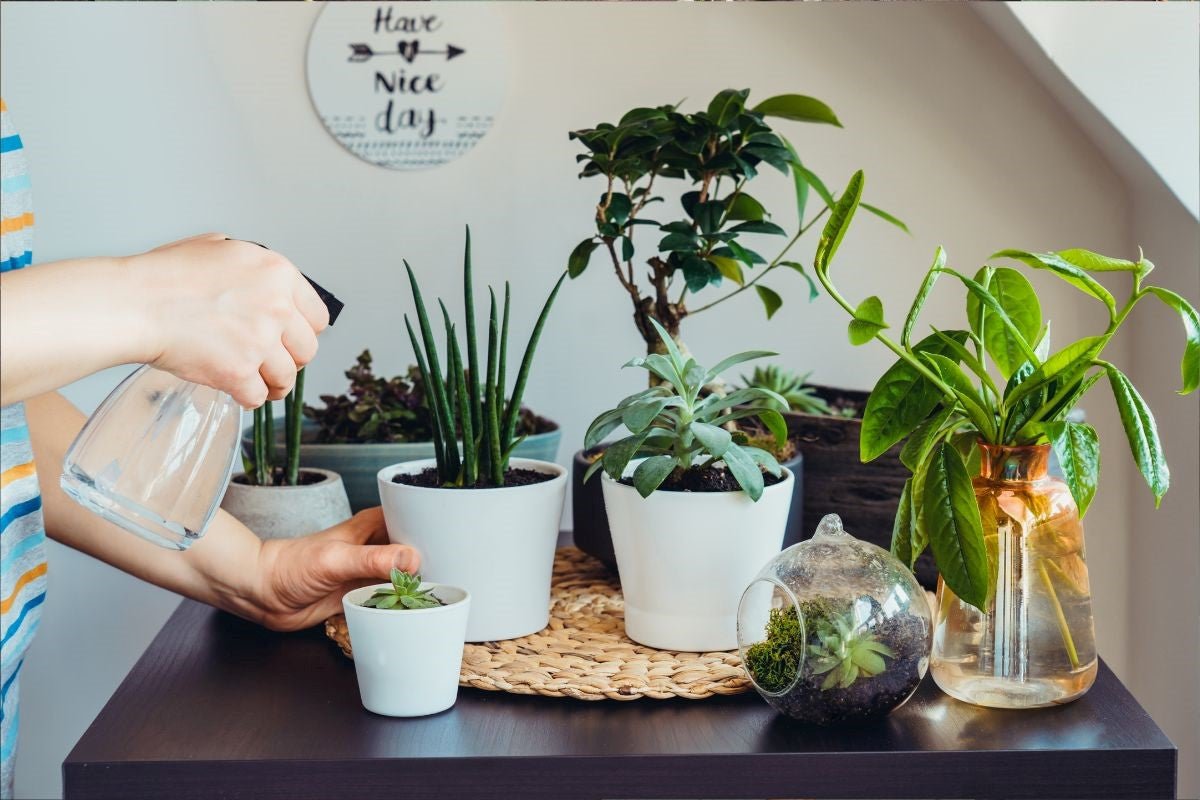Adding houseplants to a home makes it look nicer and helps people there feel better. For older people who might be receiving recovery care services or just want to feel cozy and have some nature in their homes, easy-to-care-for houseplants are a great option. These plants are easy to take care of, so you can enjoy gardening even if you don't have much time or can't move around easily. This article will look at some easy-to-care-for houseplants that are great for seniors. We'll also share tips on how to care for them and their benefits.
Snake Plant (Sansevieria)
The Snake Plant, also called Sansevieria or Mother-in-Law's Tongue, is a great option because it is tough and easy to take care of. Its tall, sword-shaped leaves look interesting and are very tough. The Snake Plant can grow in different types of light, from bright light to low light, so it's great for many homes.
Tips for Taking Care
- Watering: Let the soil get dry before watering again. Watering too much is a common mistake; the plant likes it a bit dry.
- Light: It grows well in low to bright indirect light.
- Maintenance: Just wipe the leaves sometimes to keep them clean.
Benefits
- Air cleaning: The Snake Plant helps get rid of harmful substances like formaldehyde and benzene from the air.
- Low maintenance: It can survive without a lot of water, so it’s great for people who find it hard to take care of plants regularly.
ZZ Plant (Zamioculcas zamiifolia)
The ZZ Plant is well-known for being able to survive with little care and can grow in different types of light. Its shiny, dark green leaves make any room look nice, and it needs very little care.
Tips for Taking Care
- Watering: Let the soil dry out completely before watering again.
- Light: It can grow in low light, but it grows better in bright, indirect light.
- Maintenance: Very easy. The ZZ Plant doesn’t get bugs or sickness easily.
Benefits
- Needs little water: Great for people who might forget to water their plants often.
- Tough plant: It can grow in low light and doesn't need a lot of care, which makes it great for seniors who may have different abilities to take care of things.
Pothos (Epipremnum aureum)
Pothos, also called Devil's Ivy, is a favorite plant because it is easy to take care of and can grow well in many different places. Its hanging vines and heart-shaped leaves can make any place look nice.
Here are some easy care tips
- Watering: Wait until the top inch of soil feels dry before you water it again.
- Light: Pothos plants do well in low light, but they grow quicker in bright, indirect light.
- Maintenance: Easy It just needs some trimming now and then to stay tidy.
Benefits
- Air cleaning: Pothos helps get rid of indoor poisons like formaldehyde and xylene.
- Simple to grow: You can make new plants from cuttings, so it's easy to share or make your collection bigger.
Spider Plant (Chlorophytum comosum)
The Spider Plant is a great option for older adults. Its curved leaves and tiny plantlets that look like baby spiders make it nice to look at and easy to take care of.
Here are some easy ways to take care of things:
- Watering: Make sure the soil is wet but not too wet.
- Light: It likes bright, indirect light but can also survive in lower light.
- Maintenance: Take off any brown or dead leaves to help the plant stay healthy.
Benefits
- Air cleaning: Good at getting rid of harmful substances like carbon monoxide and formaldehyde.
- Self-propagating: Makes new plants that can be potted separately.
Aloe Vera
Aloe Vera is famous for its calming gel that helps the skin, but it also makes a lovely houseplant. Its thick, soft leaves hold water, which helps it survive and makes it easy to look after.
Tips for Taking Care:
- Watering: Water the plants a little and let the soil dry completely before watering again.
- Light: Likes bright, indirect sunlight but can handle a little bit of direct sunlight.
- Maintenance: Very little needed. Aloe Vera can get root rot if it gets too much water, so make sure the pot has holes at the bottom for drainage.
Benefits
- Medicinal uses: The gel from the leaves can help with small burns, cuts, and skin problems.
- Drought-tolerant plants need very little water, which is great for older people who may not be able to water them often.
Conclusion
Easy-care houseplants have many advantages for older adults. They can make homes feel nicer, clean the air, and help people feel better by connecting with nature. For people receiving recovery care services, these plants can bring some normality and happiness to their homes without much work.
Picking the right plants, like the Snake Plant, ZZ Plant, Pothos, Spider Plant, Aloe Vera, Cast Iron Plant, Chinese Evergreen, and Peace Lily, helps seniors enjoy having houseplants without the worry of complicated care. These plants are chosen because they can grow well with little care, which makes them great for people who may not be able to take care of them a lot or have busy lives.
Adding these plants to an older person's home can help them feel better and give them a small sense of success in taking care of a little garden. Low-maintenance houseplants are a great way to make any home look nicer and feel calming. They are especially helpful for people who are getting used to new recovery care services or want to improve their living space.












Leave a comment